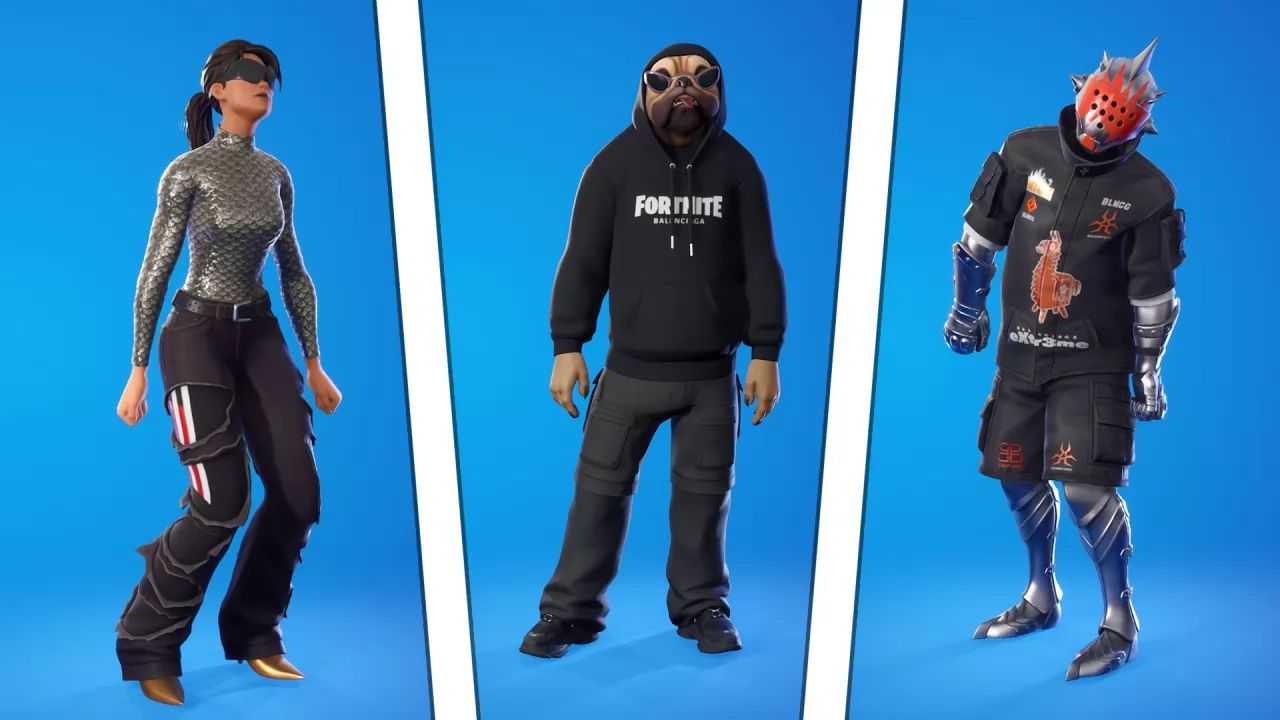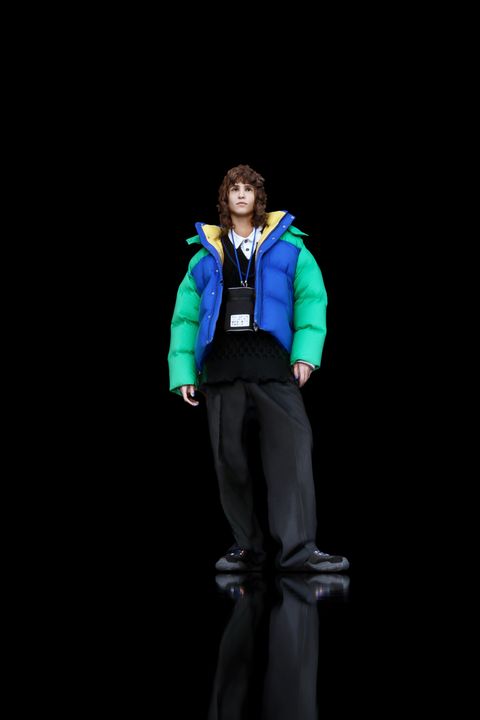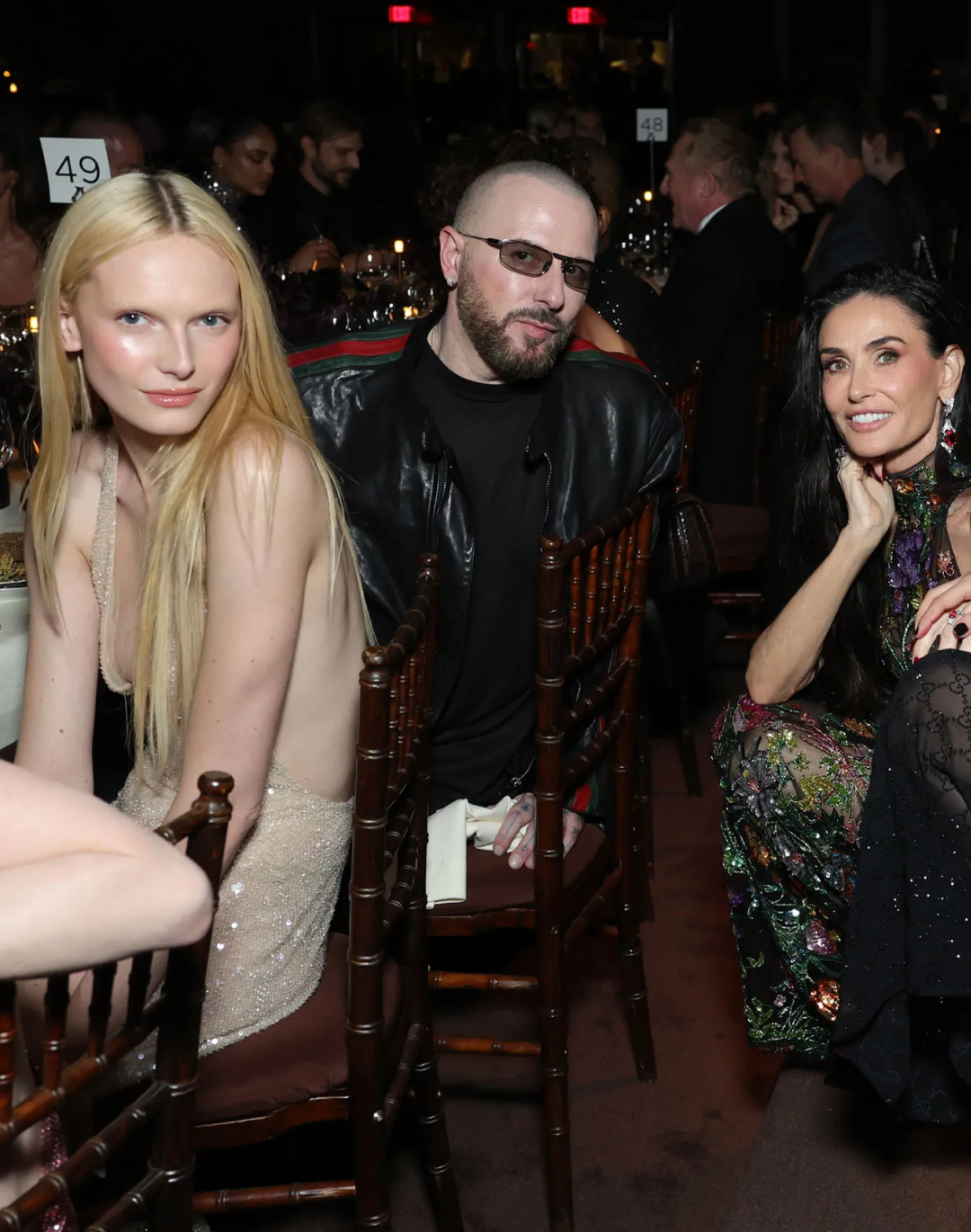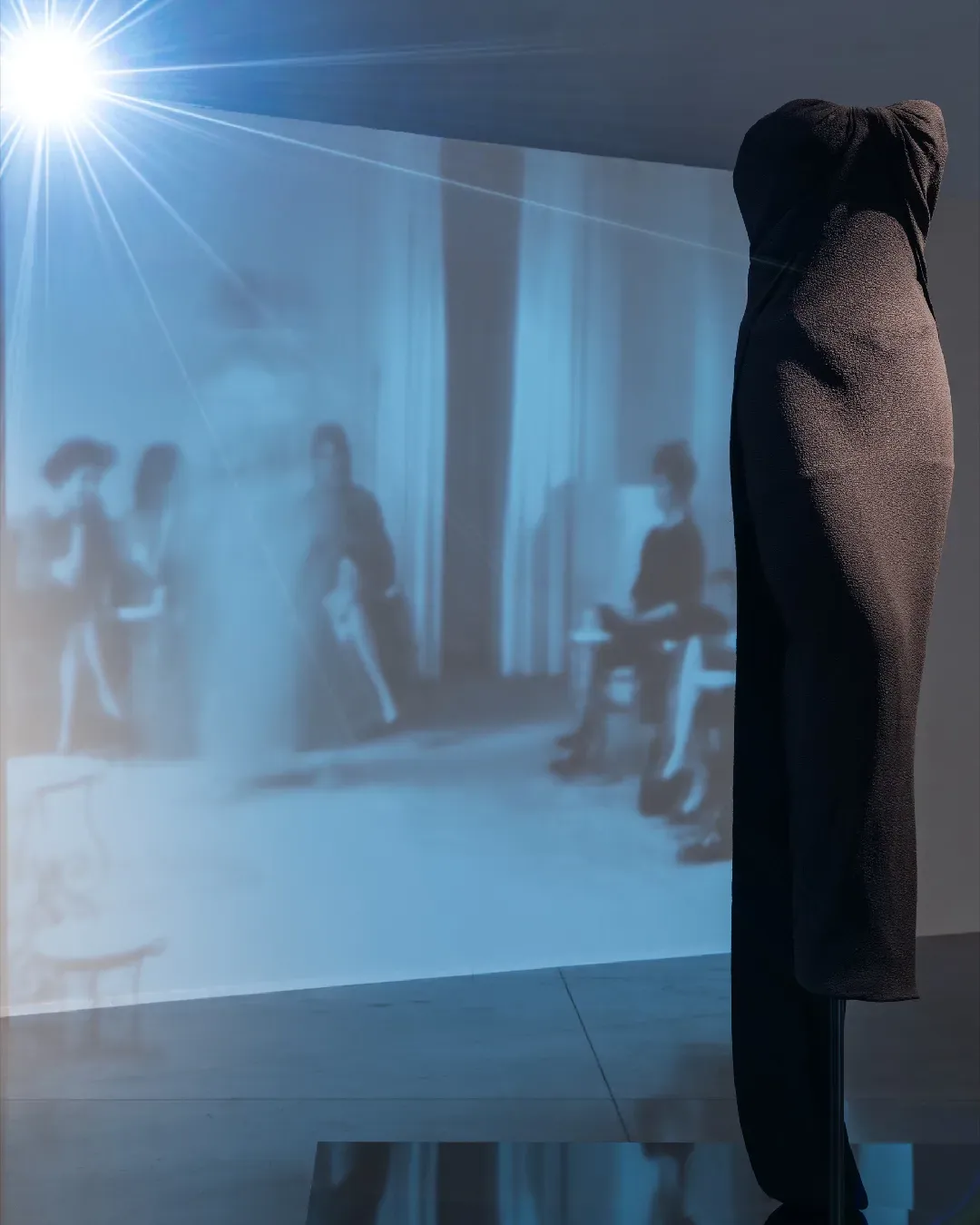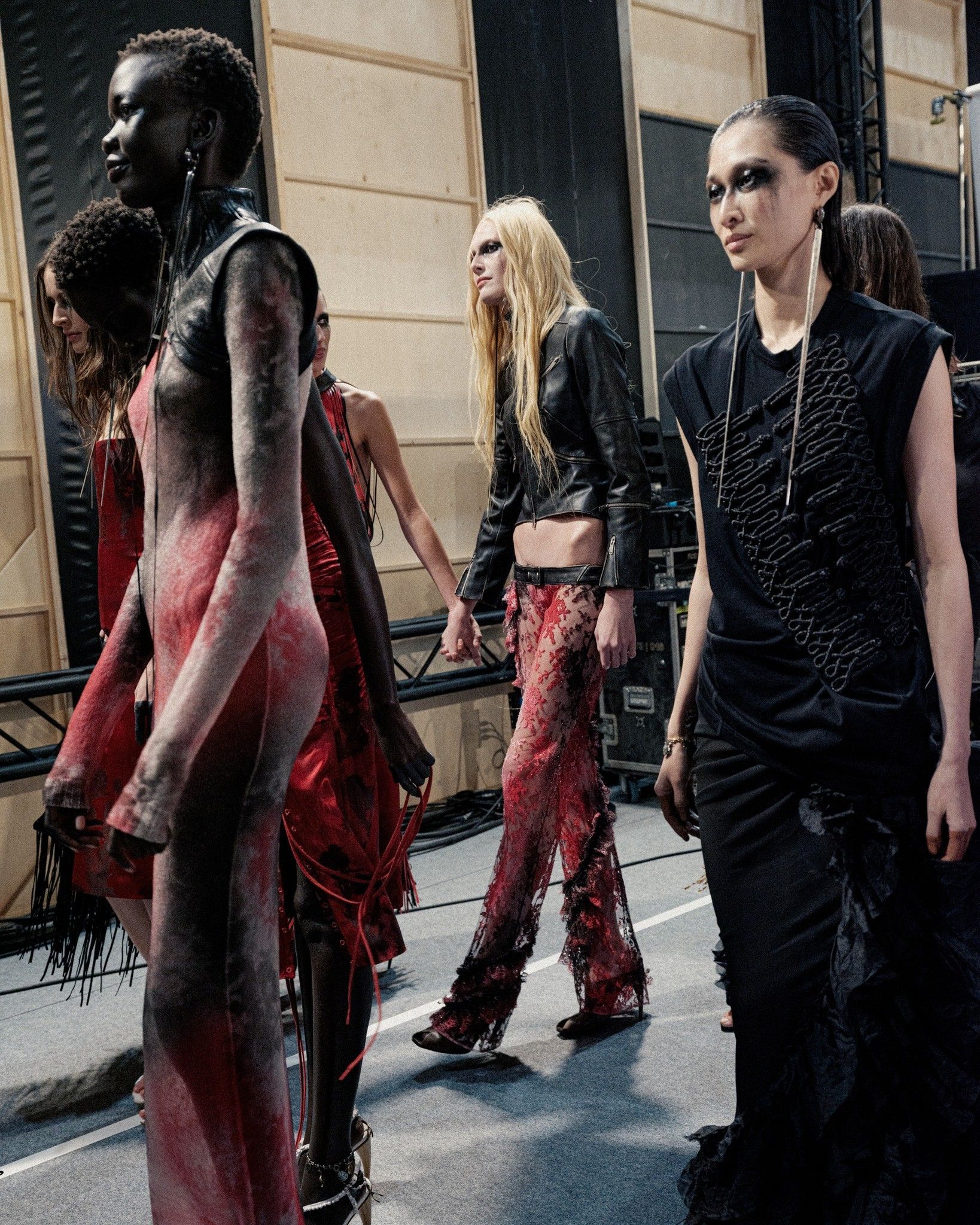
How the Metaverse is changing work in fashion Balenciaga and Gucci are leading the way to the Web3
During the latest BoF Voices, Balenciaga chief executive Cédric Charbit revealed the brand's plans to explore the possibilities that the Metaverse could bring to the fashion world. "At the moment the maximum interaction you can have with a luxury brand is to like, comment or buy something. I think we can take it to the next level," Charbit said, adding that the brand is creating a business unit dedicated to the Metaverse and related possibilities. This is not the first time that Balenciaga decides to use the digital world to explore new ways of living luxury fashion, the Fall 2021 collection was presented through a videogame, but the choice of Demna Gvasalia's brand is just the umpteenth of a long series in a pattern that tells in a unique way how fashion is slowly starting to get interested and invest in the Metaverse as an asset to develop the future of retail.
Staying in the Kering group, Gucci has appointed Robert Triefus, executive vice president for brand and customer engagement, to oversee the brand's entry into Web3, seen by the company not only as a simple marketing tool but above all as an opportunity to find new sales channels. Accomplice to the pandemic, the world of gaming has seen a sudden growth, finding a relevance such as to bring new players to approach a reality before then considered superfluous. "We had 19 million visitors to the Gucci Garden through the Roblox metaverse," Triefus told BoF, explaining that right now for many brands the best way to capitalize on the metaverse experience is to curate the digital experience for customers, enticing them to invest in what Triefus sees as the most direct way to translate the digital experience into revenue: NFTs. "We know that people want to pay for NFTs, for digital collectibles, and to have a second life in the Metaverse. The opportunity for revenue is definitely there." A sentence that seems to embody what until now have been the two approaches used by brands in their approach to the world of digital collectibles: on the one hand there are those who have focused on monetization, like Dolce & Gabbana with their Genesis Collection presented last September, while others have preferred loyalty, aiming at the retention of their customers.
Having passed the first phase, that of the in-game skins market (a world worth 40 billion a year), the next challenge for the fashion system will be to really find its place within the Metaverse, translating the spirit of the brands into a digital key. According to Iolo Edwards, founder and moderator of the online community High Fashion Talk, the spasmodic search for the Metaverse by many brands must represent more a means to convey values instead of products. Balenciaga, in this case, represents a perfect example of a brand that is able to live outside of its own collections, making itself known even to those who do not buy the brand's products through the collabo with Fortnite and The Simpsons, up to the association with Kanye West. Precisely for this reason, today it is difficult to imagine brands such as Burberry and Bottega Veneta embracing this type of approach, while there are already many who have contacted Dimension Studios, responsible for Balenciaga's Afterword show, to create photorealistic scans without talking too much about what we saw a few days ago in the collabo between Zara and Ader Error, in which digital avatars replaced their real counterparts in the lookbook. "The way young people dress their avatars is extremely important," Cathy Hackl, CEO (and Chief Metaverse Officer) of Futures Intelligence Group, told GQ. "Direct-to-avatar is the new direct-to-consumer." As adidas, too, takes big steps toward its entry into the Metaverse, the challenge for the fashion system will be adapting and integrating to a world that already lives by rules and languages, searching for its own place to survive in Web3.










































